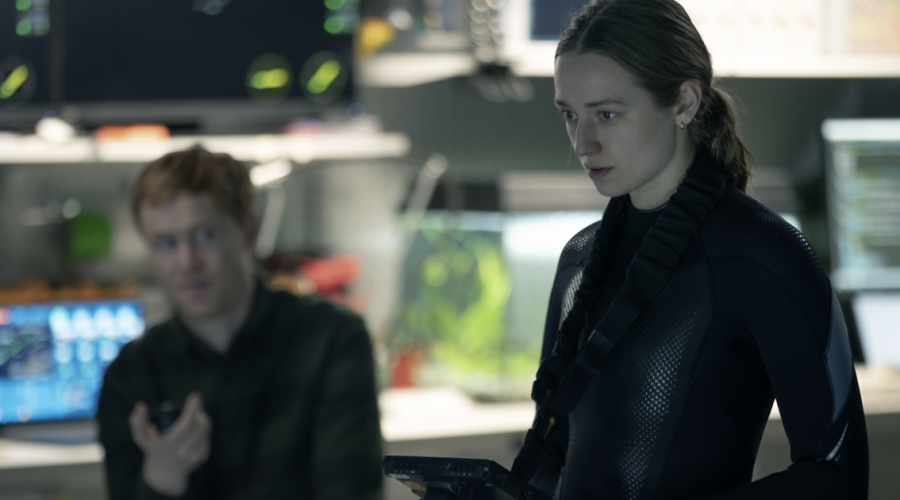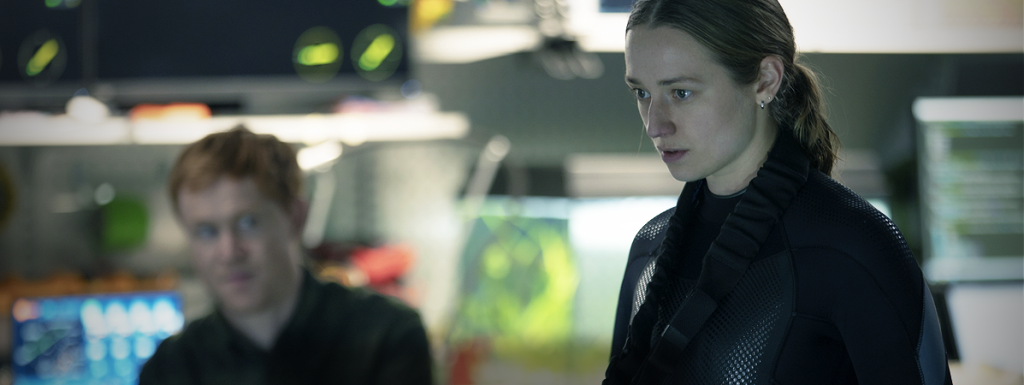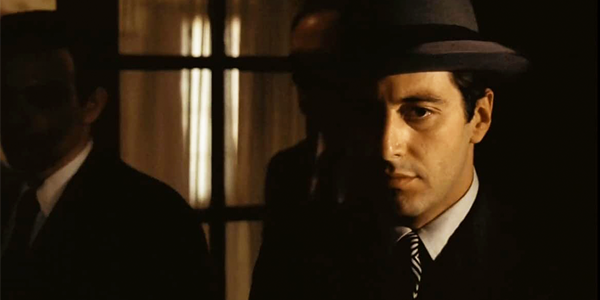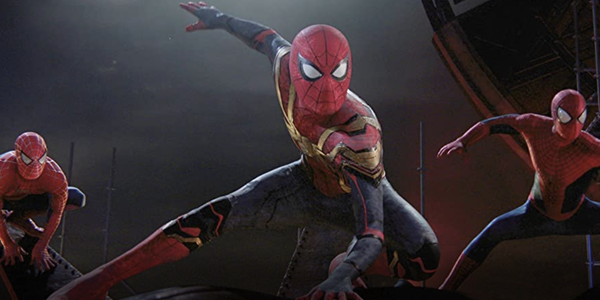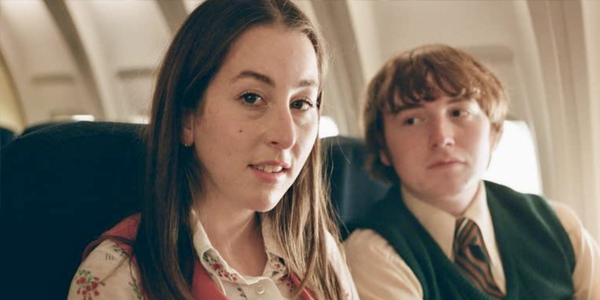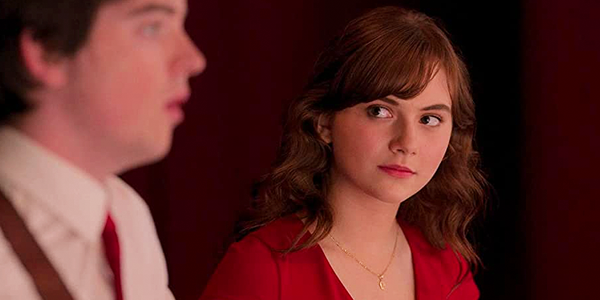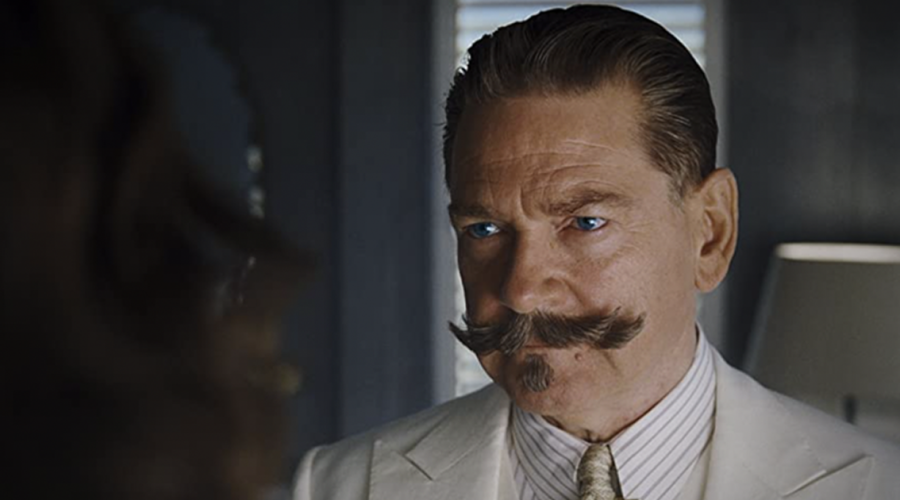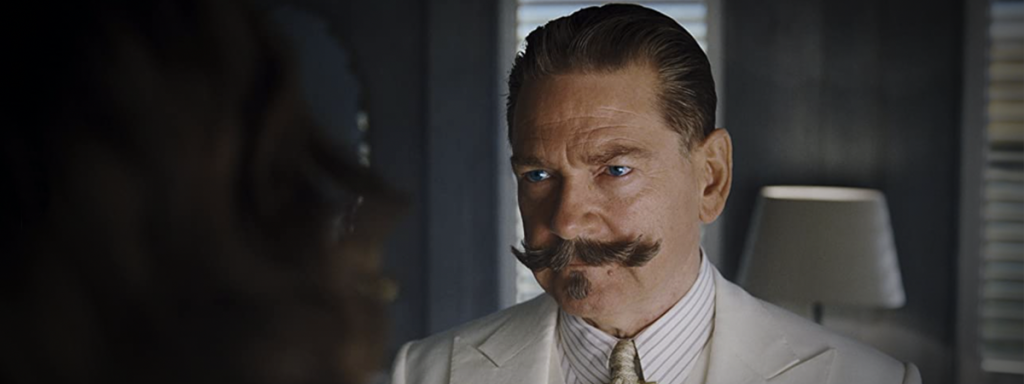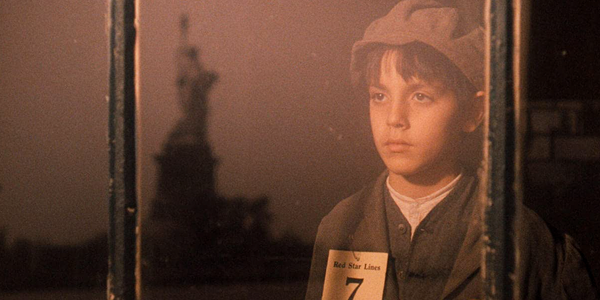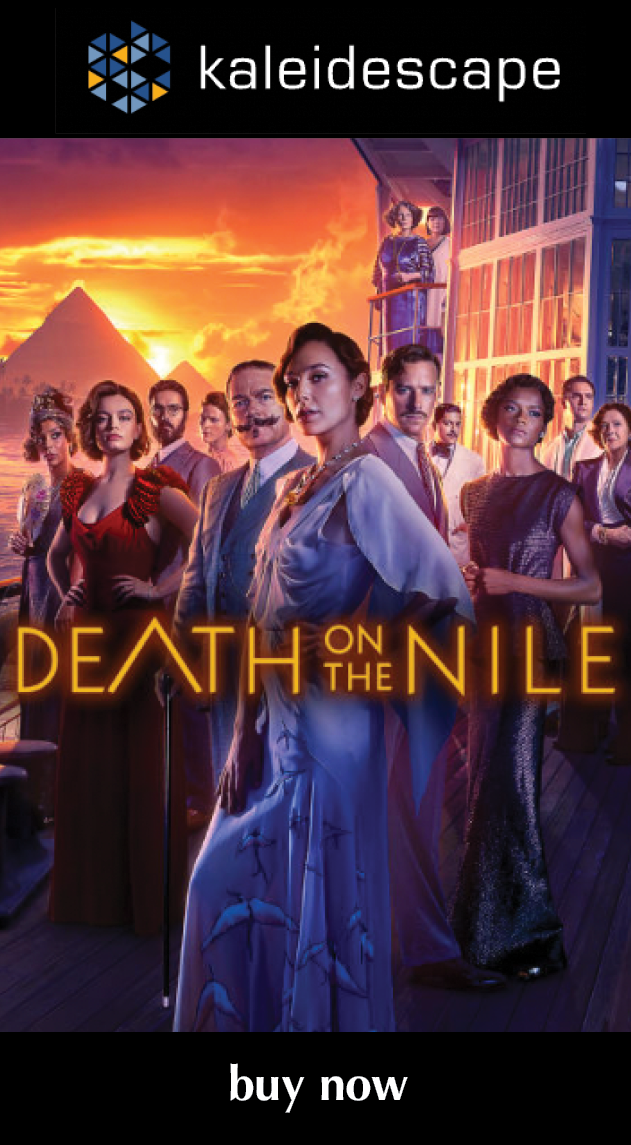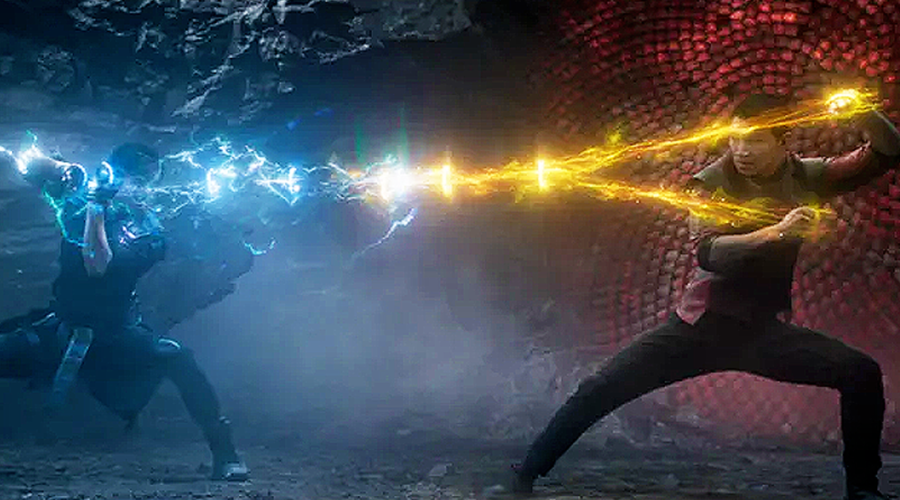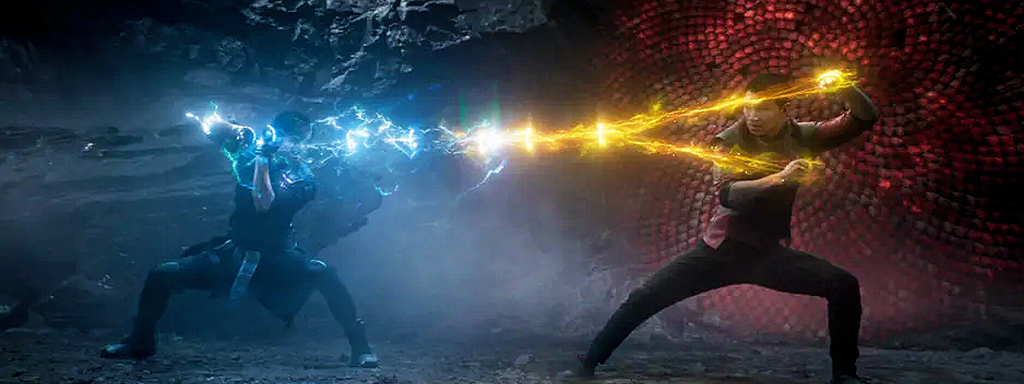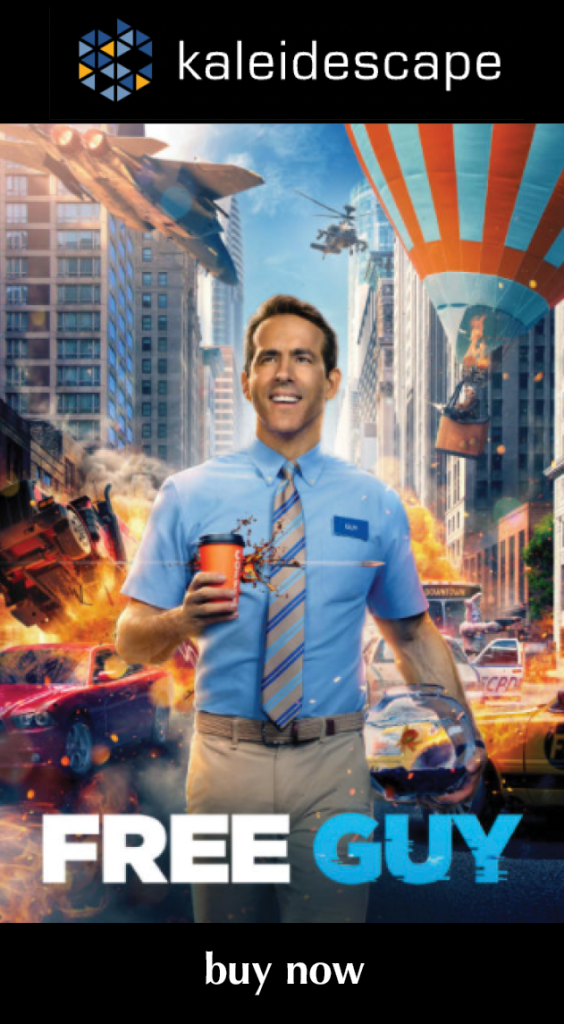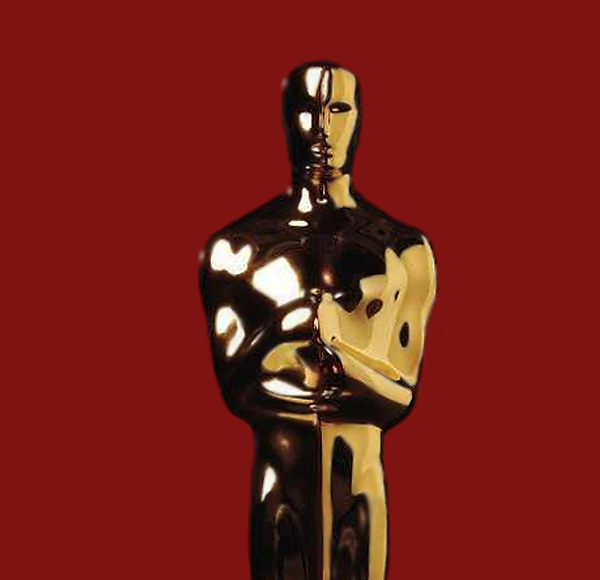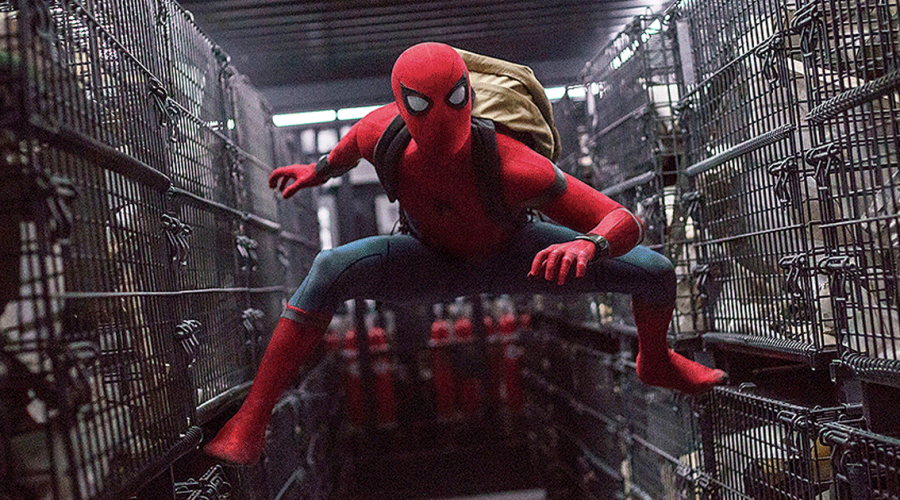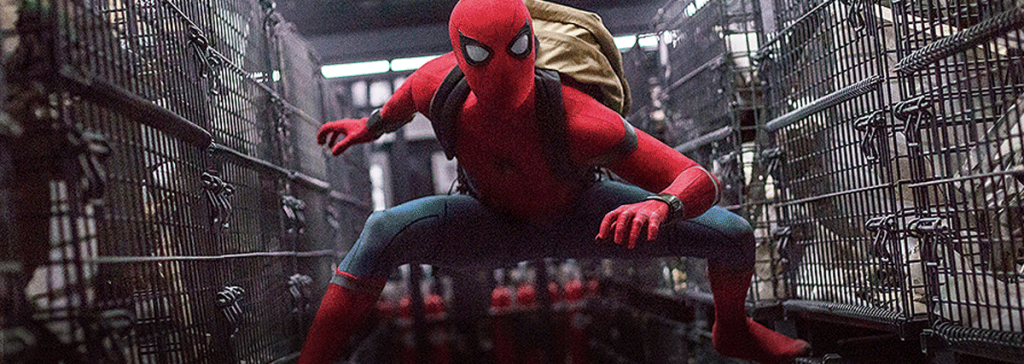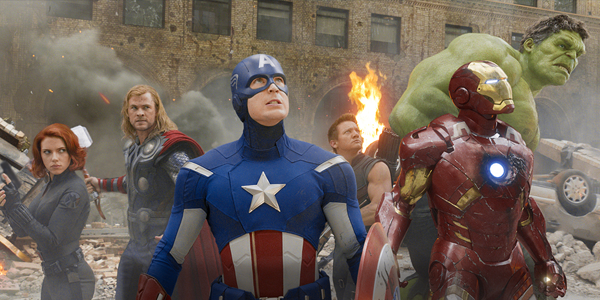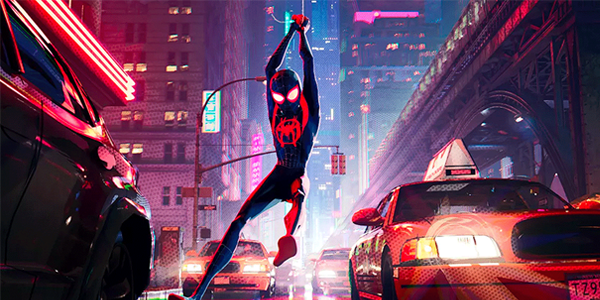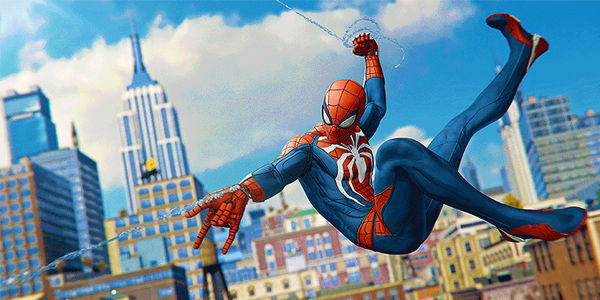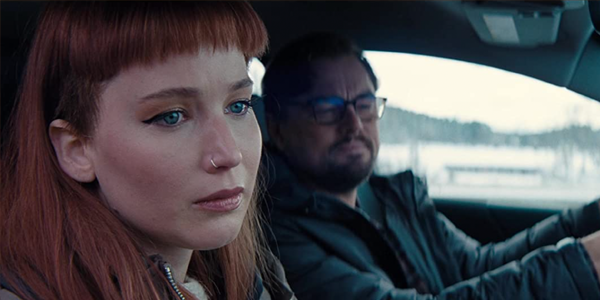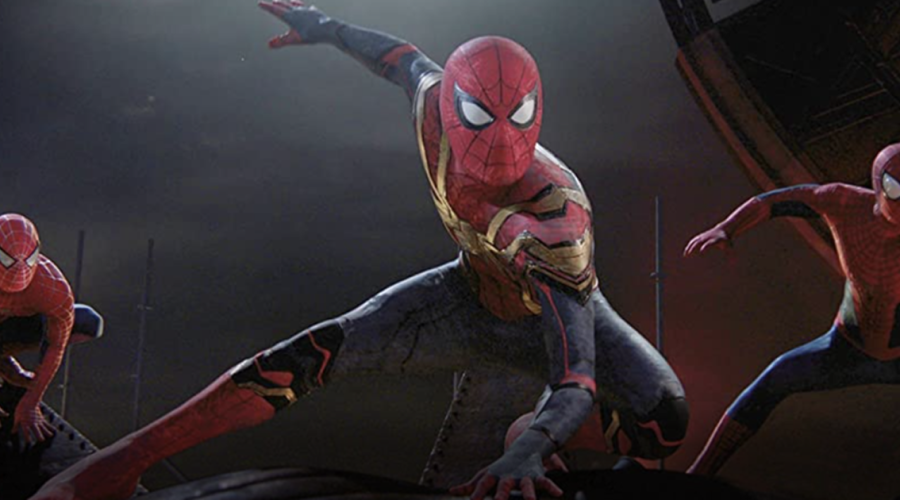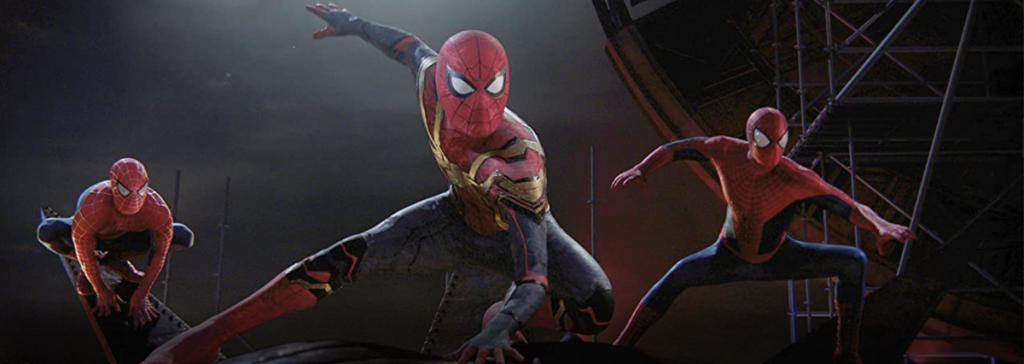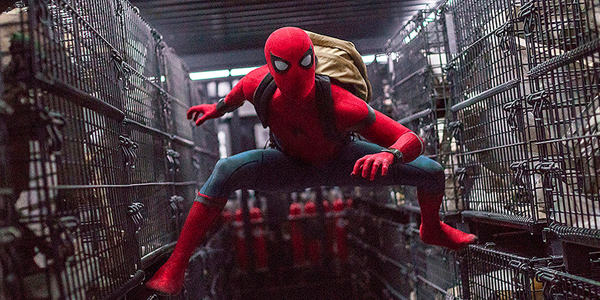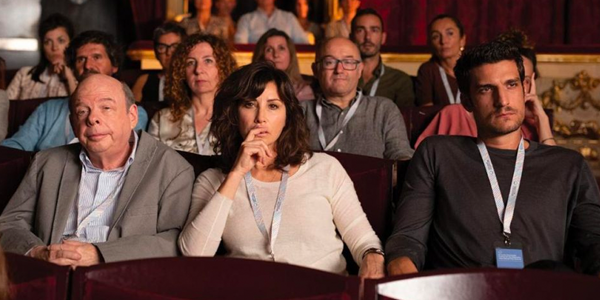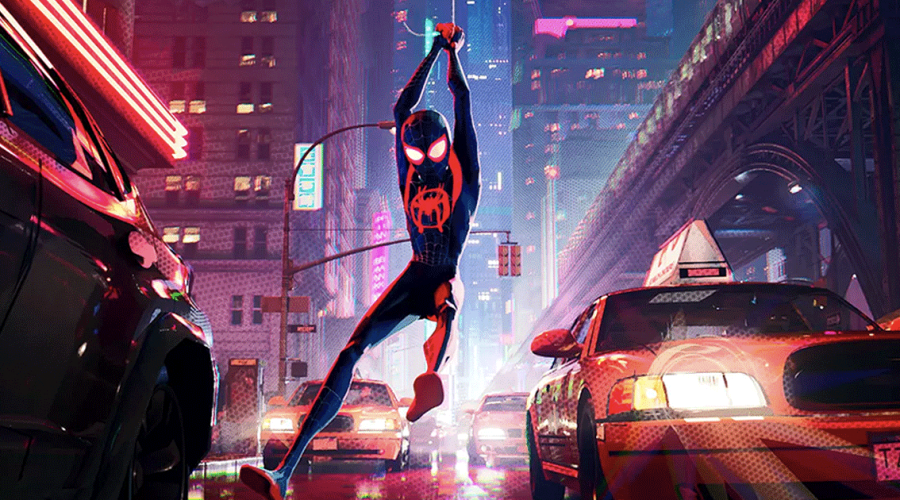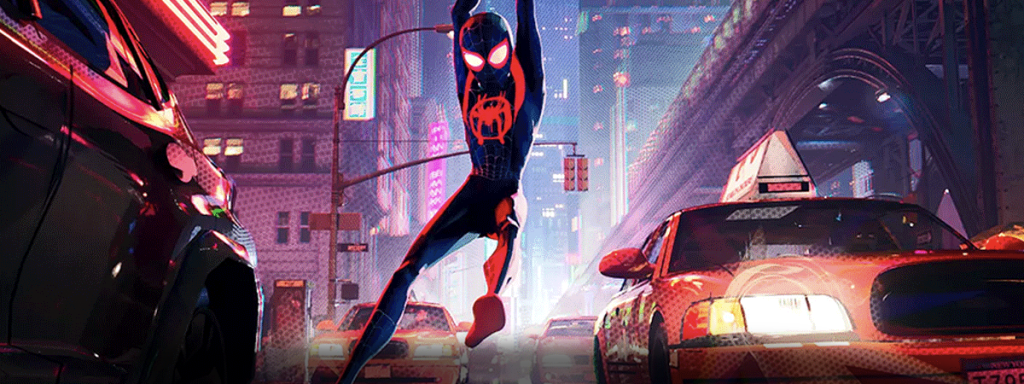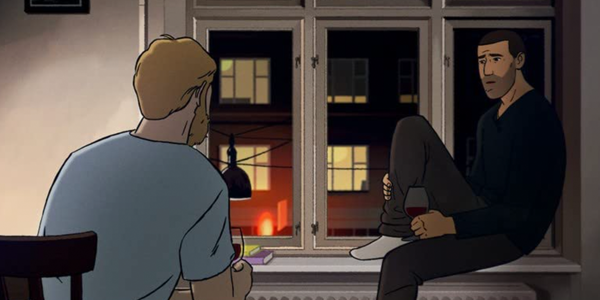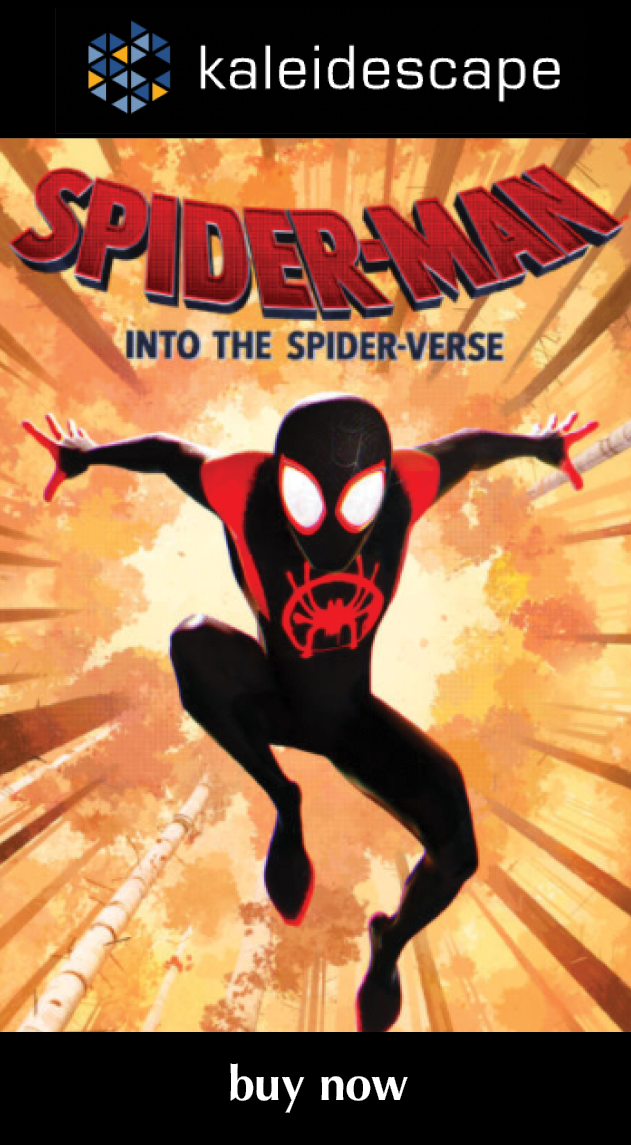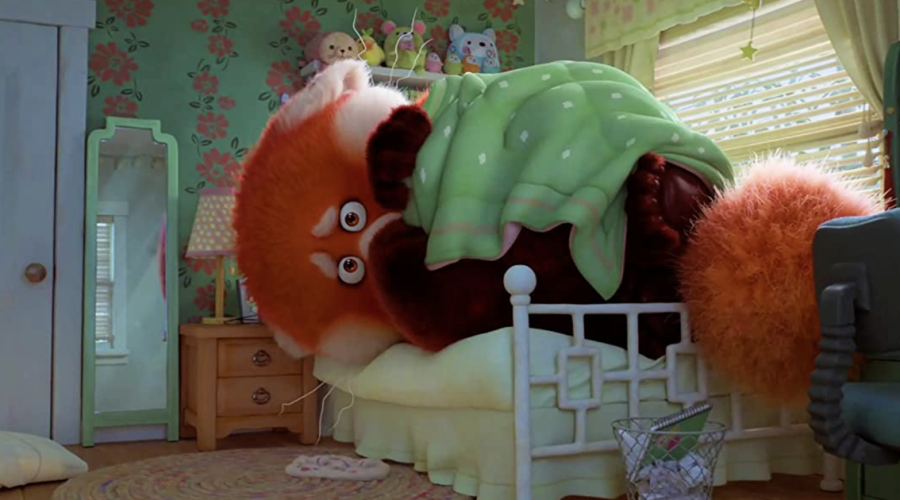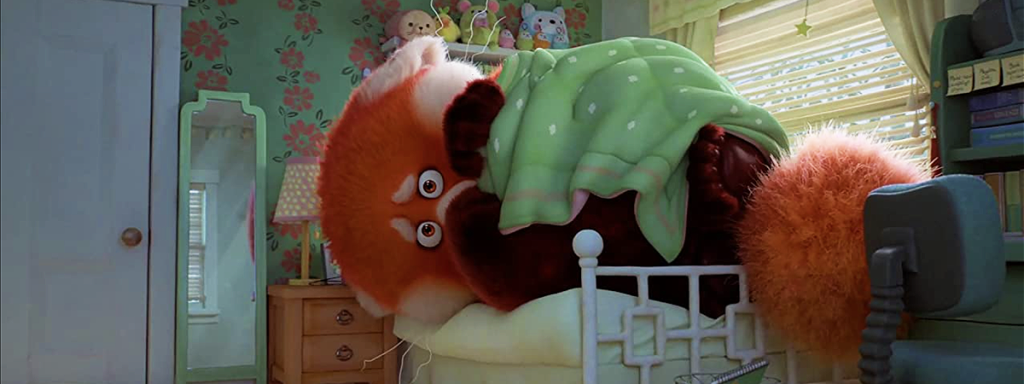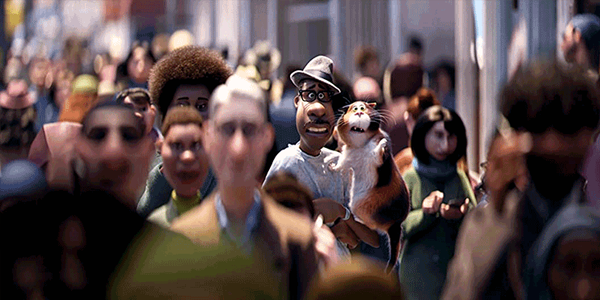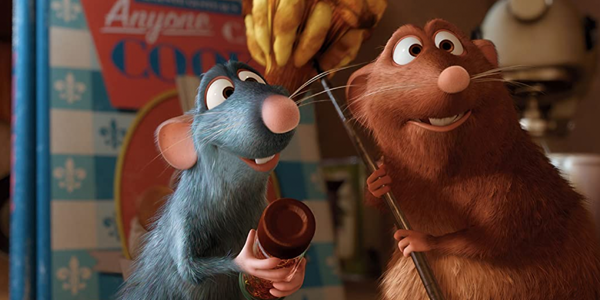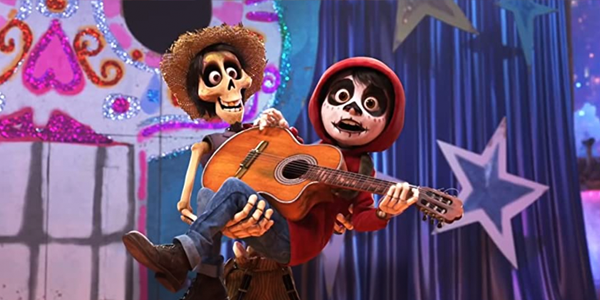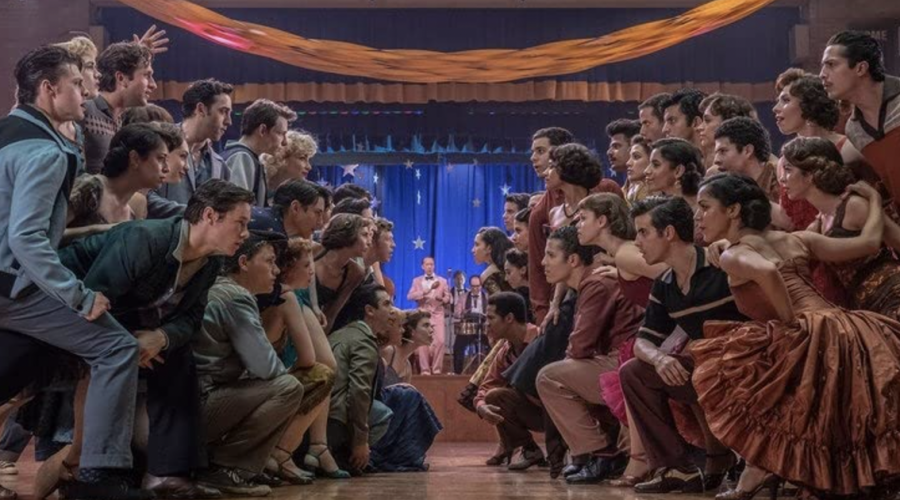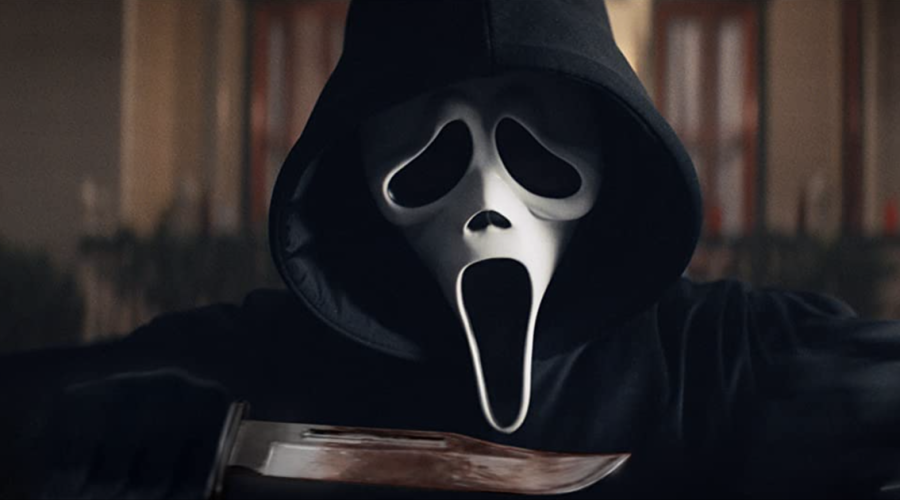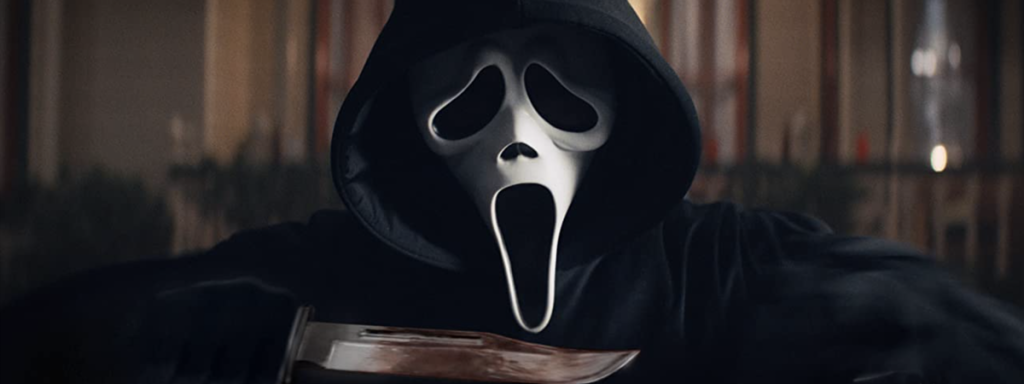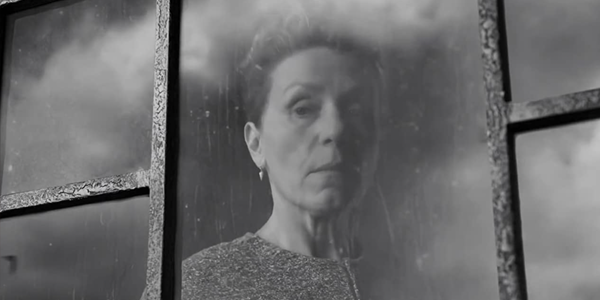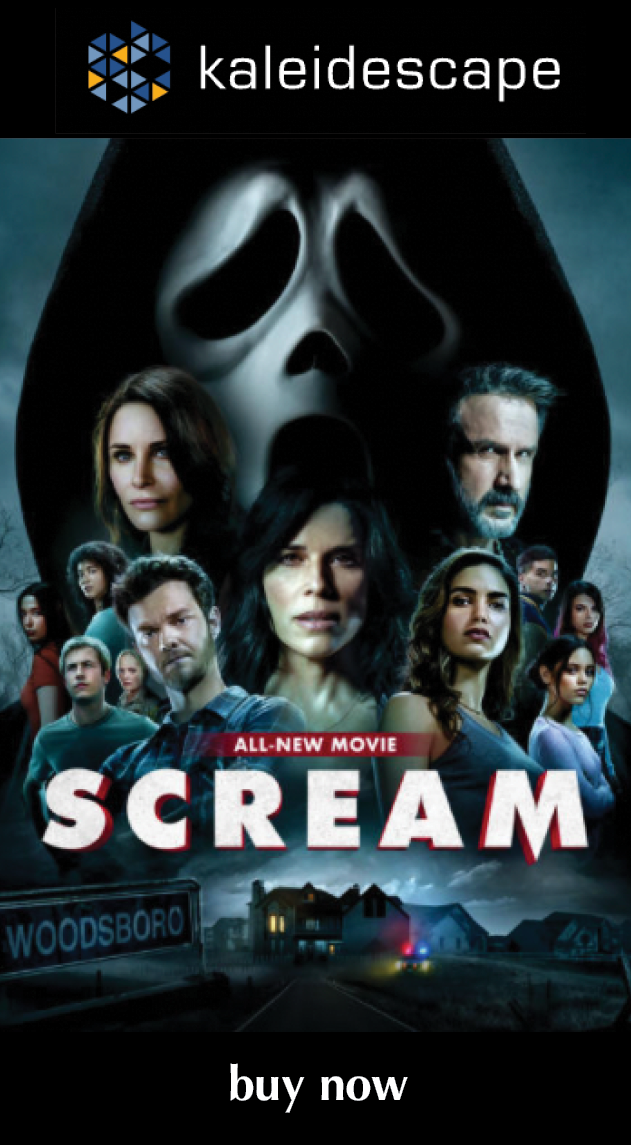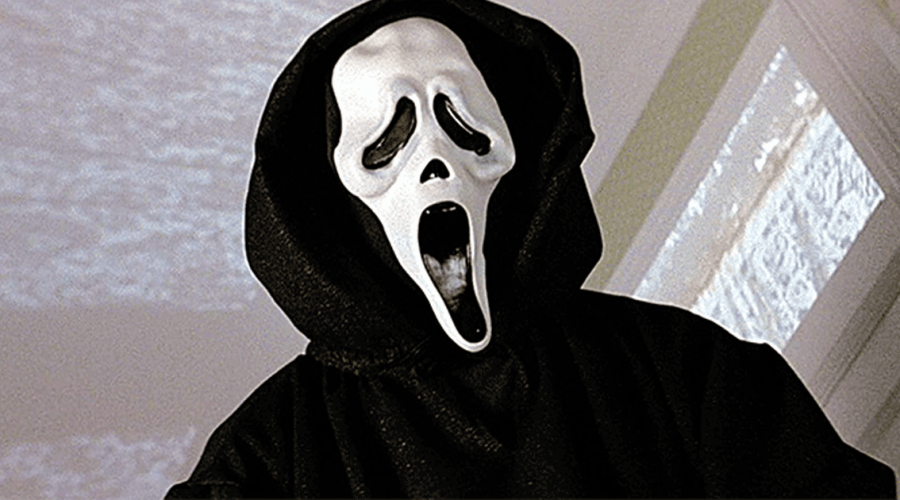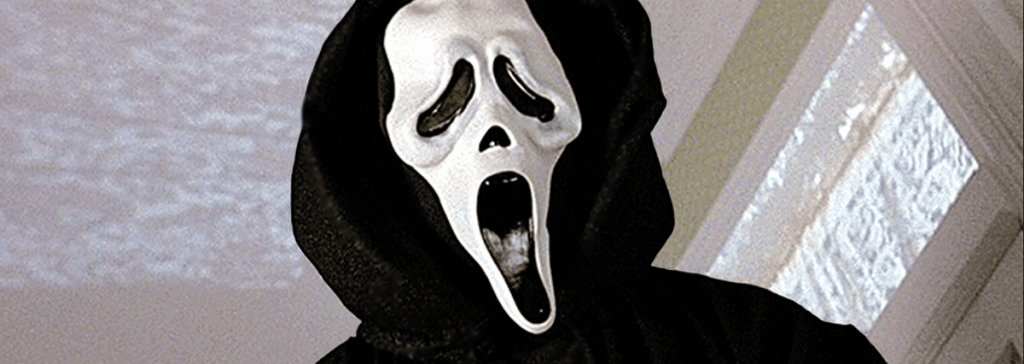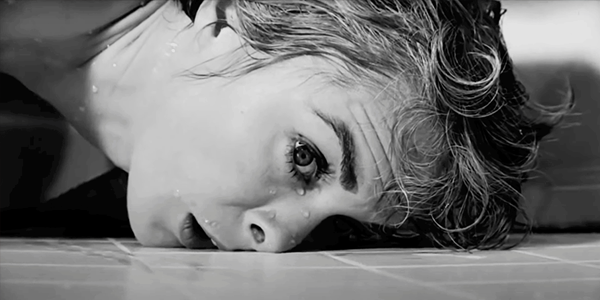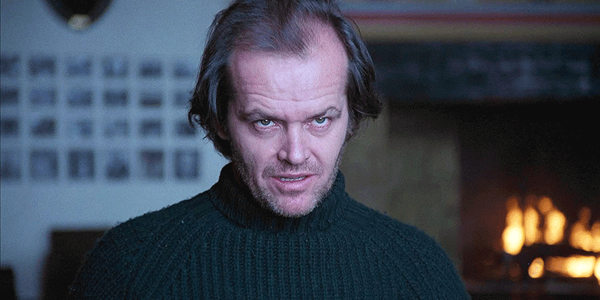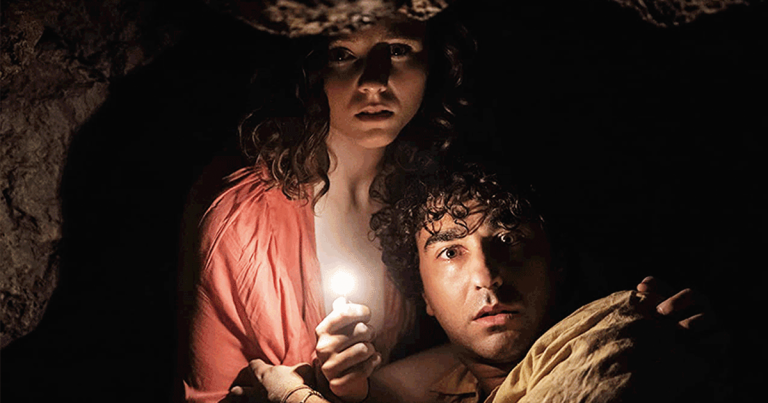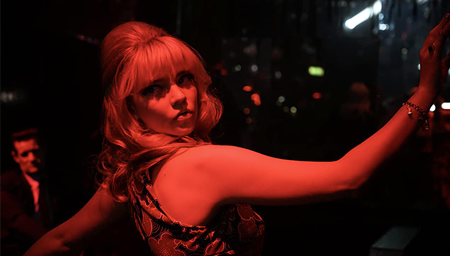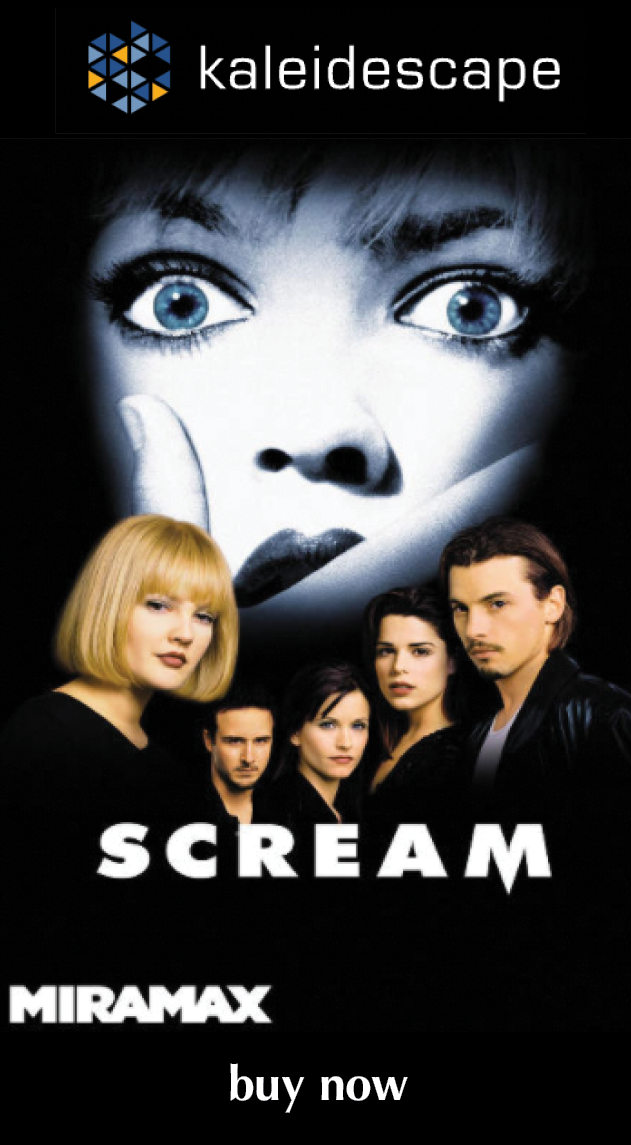Review: The Burning Sea
recent reviews
Sign up for our monthly newsletter
to stay up to date on Cineluxe
This Norwegian film ventures into Hollywood disaster-film territory, but much more intimately
by John Sciacca
April 5, 2022
IMDB lists the combined US and Canada box-office gross for The Burning Sea as $493. And, no, I’m not missing any digits there—it made less than $500 at North American cinemas. So it’s probably a pretty safe bet that, like me, this isn’t a film you saw or even heard about. In fact, it wasn’t until reading a comment about its 4K HDR release on the Kaleidescape Owner’s Forum that I was even aware it existed. And at just $14.99 to purchase, I was willing to give it a watch.
My wife and I are fans of foreign films, but typically these end up being romantic comedies, period pieces, or dramas, and less so major disaster films. According to the film’s tagline—“First came The Wave. Then came The Quake. Prepare for . . . The Burning Sea”—this is the third disaster film from the same creative team. But it doesn’t appear to have anything in common with the other two films other than being about “natural” disasters set in Norway.
The film opens with documentary-style footage showing drilling-company exec William Lie (Bjorn Floberg) recounting that Norway has enjoyed 50 years of prosperous offshore oil drilling. But after drilling thousands of holes in the ocean floor, a major crack has opened, causing an oil rig to collapse and threatening to destroy up to 350 other rigs on the water, which could produce an apocalyptic catastrophe that would affect the Norwegian coastline and much of Europe for decades.
The most obvious comparisons here are with Deepwater Horizon, the 2016 film starring Mark Wahlberg that chronicled the true story of the BP oil-rig disaster off the Louisiana coast. But The Burning Sea is certainly smaller and more intimate, focusing less on the disaster and rescue of entire crews and more on Sofia (Kristine Kujath Thorp), a scientist who controls an Eeelume (a kind of eel/torpedo-looking submarine exploration robot), who makes it her mission to find and rescue her boyfriend, Stian (Henrik Bjelland), after he’s abandoned aboard one of the damaged rigs. While there are certainly explosions and rigs collapsing, and some decent CGI, those looking for a massive effects-laden, Hollywood-blockbuster-style disaster film will likely be disappointed. This is more character driven than just a massive explosion-fest.
In a way, Sofia’s arc reminded me a bit of the terrible, horrible, no good, very bad day Sandra Bullock’s character experienced in Gravity, but on water instead of in space, as she is bounced from one calamity to the next. While the story is a bit predictable—you can see that Stian is going to be the character in peril about a mile away—it’s still interesting to watch, and the 104-minute runtime keeps things moving fairly quickly after the opening act establishes the characters and story. Also, it appears that much of the action is filmed aboard actual oil rigs, giving authenticity to the sets.
There are certainly some barbs about climate change and the damage man has inflicted on the planet, but Burning Sea is more a cautionary tale of what could happen if a series of events caused numerous rigs across a wide section of the ocean to fail. Also, the film really focuses almost solely on the plight of Sofia and Stian and doesn’t really address or deal with the aftermath of the “solution” that would have been an environmental disaster exceeding the oil fires Saddam Hussein lit during the first Gulf War.
Shot on 35mm film, there is no information on the resolution of the home transfer, but I found the images to be mostly high quality. There are a few scenes—long shots of the rigs on the water or really low-lit scenes inside darkened environments like the rigs or the robot lab—that had some noise or were a bit grainy and lacked fine detail and dipped into HD quality, and there is certainly some grain visible in the grey, cloud-filled Norwegian skies. But for the most part, images are clear and sharp throughout, particularly closeups that have actors in tight focus, or things like the textures in blankets and jacket patterns. Like all films, images really look their best in well lit exterior shots when the lens can take in all that light.
Much of the color palette features earth tones—browns, beiges, rust, and tans—and kind of a steely grey and blue of overcast skies and seas, but these are contrasted with the bright reds of the rescue helicopters, vibrant yellows of emergency vehicles, and the orange safety suits worn by rig workers.
The HDR grade gives plenty of pop to the blazing red-orange flames of explosions and oil fires, as well as punch to bright overhead lighting inside offices and the rigs, though I did notice a couple of computer screens where the brightness looked a tad blown out. Another area where the grade really helps is in the detail and definition in the grey-cloudy skies, letting you see far more individuality to the shapes rather than just a mass of one color. Also, I never noticed any banding or other noise in the underwater shots, where the bright lights from the Eeelume shining through the water produce myriad shades of similar colors and transitions that can often be problematic without enough bandwidth.
Home theater fans will love the Dolby TrueHD Atmos audio soundtrack included with the Kaleidescape download. While there is a dubbed English-language audio track (also in Atmos), I implore you to turn the subtitles on and listen to the film with the original actor’s speaking in Norwegian. I turned the English track on just for a moment to check the sound, and the actress voicing Sofia was so off—reminding both me and my wife of Pam from The Office—that it was impossible to take seriously.
This mix is filled with all the things Atmos owners love—from the small environmental details to the big, obvious height effects. The sonics transform your listening room into a completely different environment when the action goes underwater, giving more weight and texture to the sounds of bubbles and rumbles and undersea noises. Every environment has its own sonic quality, whether it’s the whine of hydraulics and machinery, water drips and echoes, or wires and motors in the robot lab and aboard the rigs, or the sounds of phones ringing, keyboards clacking and chatter happening inside offices, or the sounds of waves lapping outside.
Your height speakers will also come into frequent use, whether it’s the sounds of an aircraft hangar door squealing up overhead, heavy rains lashing a rig, the cacophony of sirens, bells, and alarms, or a pair of jet fighters (F35s?) streaking past overhead. Helicopters also make frequent appearances and flyovers throughout, and the sounds of helos passing overhead and rotor noise abounds.
While this isn’t a super bass-heavy mix, subwoofers are called into action when appropriate, and can deliver some massive, room-rumbling bass, such as when the rigs explode and vessels are ripped underwater or when large ocean waves are smashing into the rigs.
If you are looking for an alternative to Hollywood’s typical take on disaster films, The Burning Sea offers a more personal, heroine-led approach, more focused on people than destruction, with an active Dolby Atmos mix that is sure to excite and won’t leave you wondering whether your height speakers are working or not.
Probably the most experienced writer on custom installation in the industry, John Sciacca is co-owner of Custom Theater & Audio in Murrells Inlet, South Carolina, & is known for his writing for such publications as Residential Systems and Sound & Vision. Follow him on Twitter at @SciaccaTweets and at johnsciacca.com.
PICTURE | A few scenes have some noise or are a bit grainy, lacking fine detail and dipping into HD quality, but for the most part, images are clear and sharp throughout
SOUND | The mix is filled with all the things Atmos owners love, from environmental details to big, obvious height effects, transforming your listening room into a completely different environment when the action goes underwater
© 2023 Cineluxe LLC
